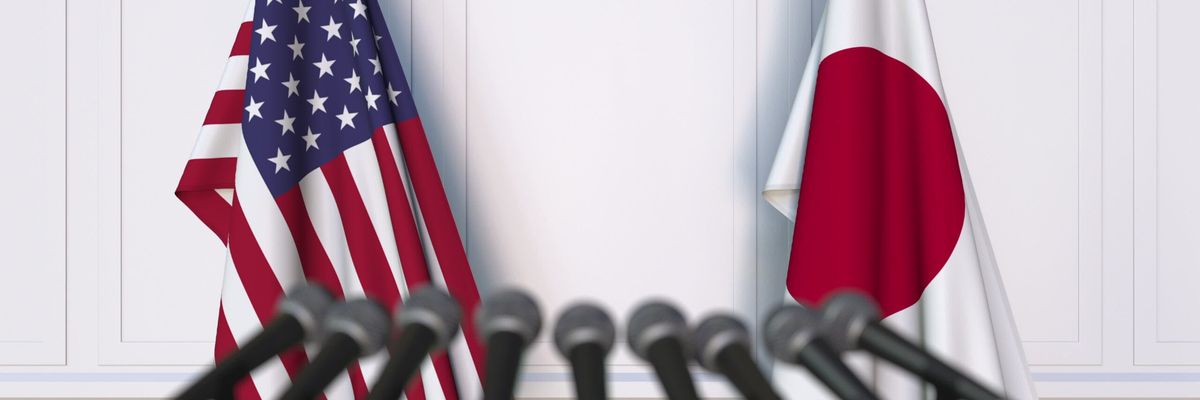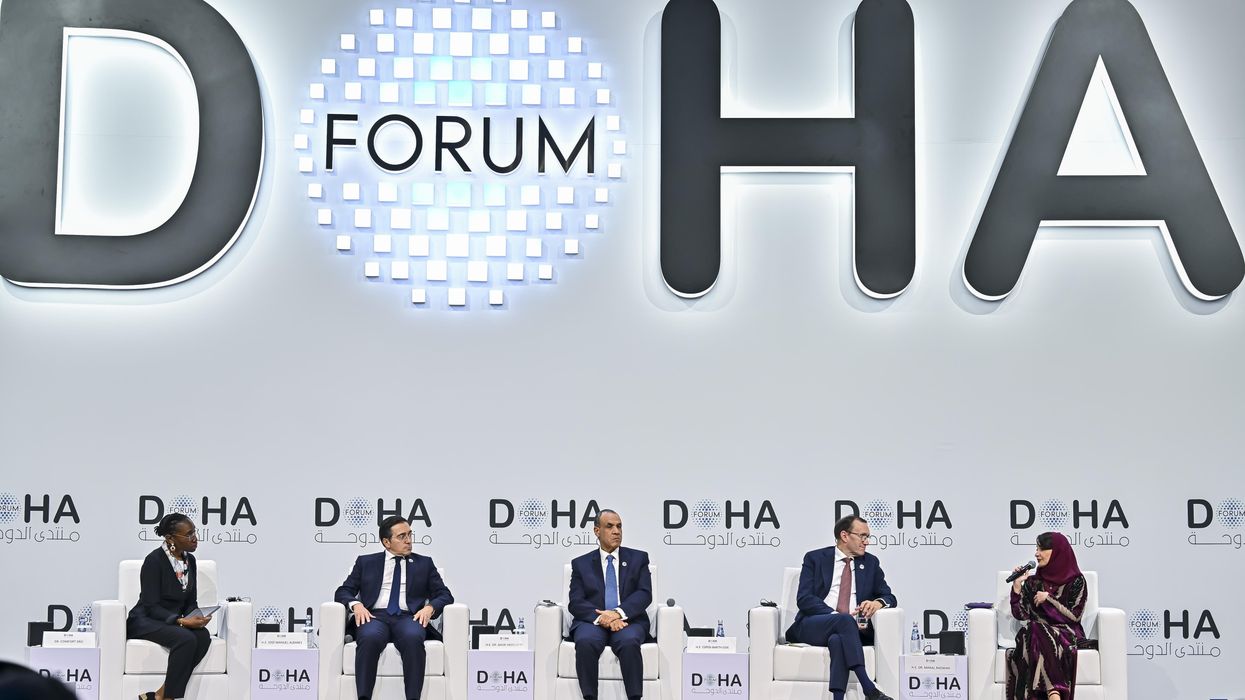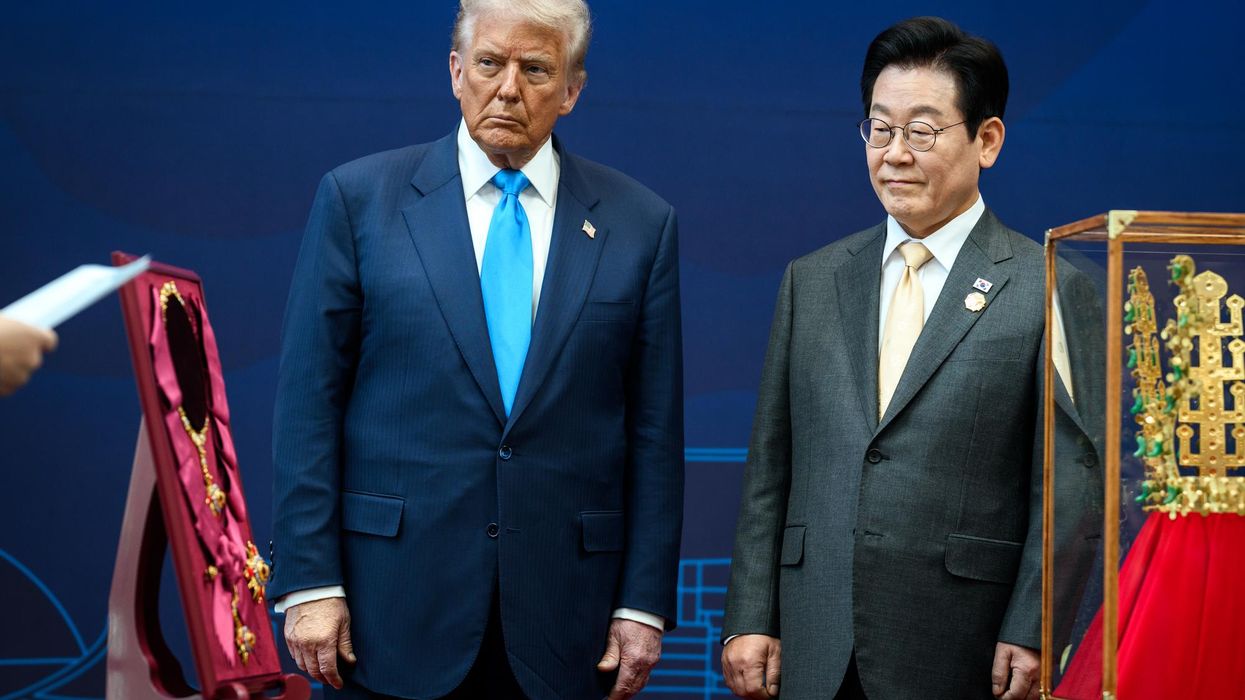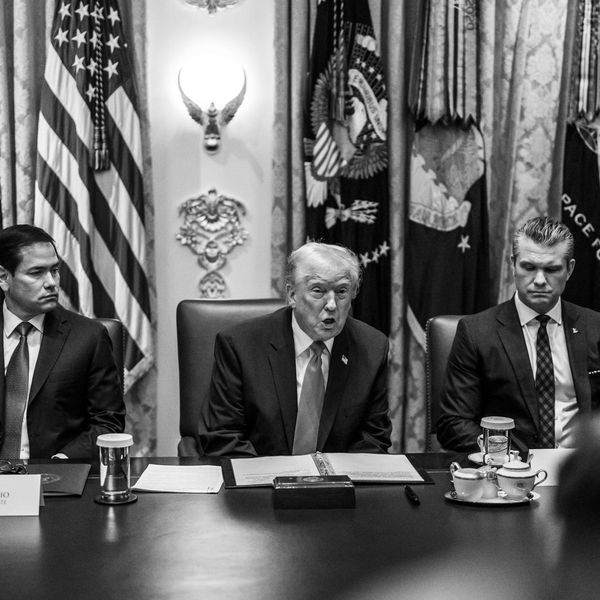The U.S.-Japan Security Consultative Committee earlier this month held a virtual “2+2” meeting of cabinet officials in charge of foreign and defense policy — the first for new Japanese prime minister Kishida Fumio and new foreign minister Hayashi Yoshimasa.
Unfortunately, while the committee’s lengthy joint statement will guide the evolution of the U.S.-Japan alliance during the Biden Administration, its assessment of security trends in the Asia-Pacific region was incomplete and misleading.
But let’s start with the good news. The 2+2 highlighted a welcome change in Japan’s host-nation support (HNS) of U.S. military forces in Japan. Back in 1978, the State Minister in charge of defense Kanemaru Shin justified Japan’s large HNS expenditures as a “sympathy budget” (omoiyari yosan) to sustain America’s willingness to defend Japan. As a result, Japan provided much more HNS compared to other U.S. treaty allies. A significant portion of this money went to upgrade U.S. military facilities in Japan, including those for the recreation of American troops, to “ensure the smooth operation” of U.S. forces stationed in Japan.
This “sympathy budget” gave the impression that U.S. military personnel were mercenaries hired by Japan because Japan was unwilling to do what was necessary for its own defense. Right before the January 2+2 meeting, Japan and the United States negotiated a new Special Measures Agreement that would allocate more HNS funds for enhancing “Alliance readiness and resiliency” and increasing “bilateral training and cooperation.” In other words, HNS will now directly contribute to Japan’s defense capabilities and help move the alliance in a more healthy direction. Hopefully, as Japan assumes more responsibility for its own defense, the amount of HNS can be decreased, and opportunities will emerge to reduce the US military presence in Japan.
Despite this positive development, much was missing from the recent 2+2 joint statement. First, it emphasized “concerns about the large-scale development and deployment of nuclear weapons, ballistic and cruise missiles, and advanced weapons systems such as hypersonics.” But U.S. and Japanese officials failed to mention how some of these trends may be a response to the policies of the United States and Japan. For example, the U.S. quest for strategic primacy based on a new triad (nuclear forces, conventional counterforce capabilities, and missile defenses) is causing China to worry about the survivability of its second-strike deterrence capabilities and has motivated Beijing to upgrade its own nuclear arsenal. Both Washington and Tokyo are also interested in developing hypersonic weapons and their missile capabilities. In short, the regional arms buildup is a result of an interactive dynamic and should be acknowledged as such.
Second, Japanese and U.S. officials expressed their concern about China’s activities in the East China Sea. But this reference ignored the fact that Chinese Coast Guard (CCG) intrusions into the territorial waters of the Senkaku Islands claimed and administered by Japan have stabilized over time. The number of Chinese intrusions rose sharply in fall 2012 after the Japanese government purchased some of the Senkaku Islands from a Japanese private owner. But Chinese violations of Japanese territorial waters have tapered down since, and the number of CCG “patrols” now averages about twice per month. The few times when CCG ships have entered the territorial sea of the Senkakus beyond these routine patrols have been responses to a local Japanese fishing boat supported by a right-wing nationalist group that sailed close to the islands to provoke a Chinese reaction.
The CCG now maintains a near constant presence in the contiguous zone of the islands, yes, but because this zone does not demarcate Japan’s sovereign waters, it does not violate international law. Tokyo and Washington should avoid inflating the threat, which could lead to unnecessary militarization of the territorial dispute between Japan and China and undermine diplomatic efforts to ease Sino-Japanese tensions.
Third, the January joint statement “underscored the importance of peace and stability in the Taiwan Strait and encouraged the peaceful resolution of cross-Strait issues.” This reference repeats the language used by President Biden and then Prime Minister Suga in their joint statement of April 2021. Although peace, stability and peaceful resolution are critical goals, U.S. and Japanese cabinet officials responsible for foreign and defense policy avoided re-affirming together in an official bilateral statement their commitment to a “one-China policy.” Adherence to this “one-China policy” is essential to cross-Strait peace and stability.
Fourth, the 2+2 statement reiterated U.S. and Japanese support for the ASEAN Outlook on the Indo-Pacific (AOIP). Unfortunately, this support of the AOIP was basically lip service. Led by Indonesia, the ASEAN states adopted this outlook in June 2019 because of their concern about “the deepening of mistrust, miscalculation, and patterns of behavior based on a zero-sum game” and their interest in “an Indo-Pacific region of dialogue and cooperation instead of rivalry.” The January U.S.-Japan statement, however, made no explicit reference to the importance of dialogue and cooperation with China.
In fact, the statement was a step backwards from the Biden-Suga statement of April 2021. President Biden and Prime Minister Suga stated the following: “The United States and Japan recognized the importance of candid conversations with China, reiterated their intention to share concerns directly, and acknowledged the need to work with China on areas of common interest.” With even this tepid language missing in the 2+2 statement, Japan and the United States appear to be bound together in a competitive mindset against China without much interest in exploring ways to mitigate the rivalry and to promote cooperation.
Finally, included in the new joint statement is the boilerplate declaration that the construction of the Futenma Replacement Facility (FRF) at Camp Schwab and Henoko in Okinawa is the “only solution that avoids the continued use of Marine Corps Air Station Futenma.” It’s good that Washington remains committed to its 1996 promise to return Futenma Air Station, which is located dangerously in a densely populated area of Okinawa. But the precondition of closing and returning Futenma has been the construction of a V-shaped pair of runways on landfill in Oura Bay in the northern part of Okinawa. While local opposition has delayed construction of the FRF for decades, the 2+2 statement does not mention at all the recent discovery of soft, unstable seabed in Oura Bay. This weak seabed will require a staggering amount of reinforcement and lead to more cost overruns and delays. Even after the landfill runways are completed, they will require frequent repairs because of the expected buckling and sinkage.
Moreover, U.S. defense planners have acknowledged the new facility would not meet the operational requirements of the Marine Corps during a challenging military contingency, and Chinese missile capabilities will make the FRF highly vulnerable to attack with little chance of resilience and survivability. Rather than stubbornly sticking to a flawed plan concocted back in 2006, Tokyo and Washington should re-examine the base realignment plan and come up with an alternative that makes more economic, political, and military sense.
Yes, as the 2+2 meeting declared, the United States and Japan should be a “close partnership to preserve peace and stability in the Indo-Pacific region.” But if the joint statement was any indication, they have a long way to go before that “peace and stability” will be achieved, at least together.
















